Apollo 12: Sometimes Lightening Does Strike Twice
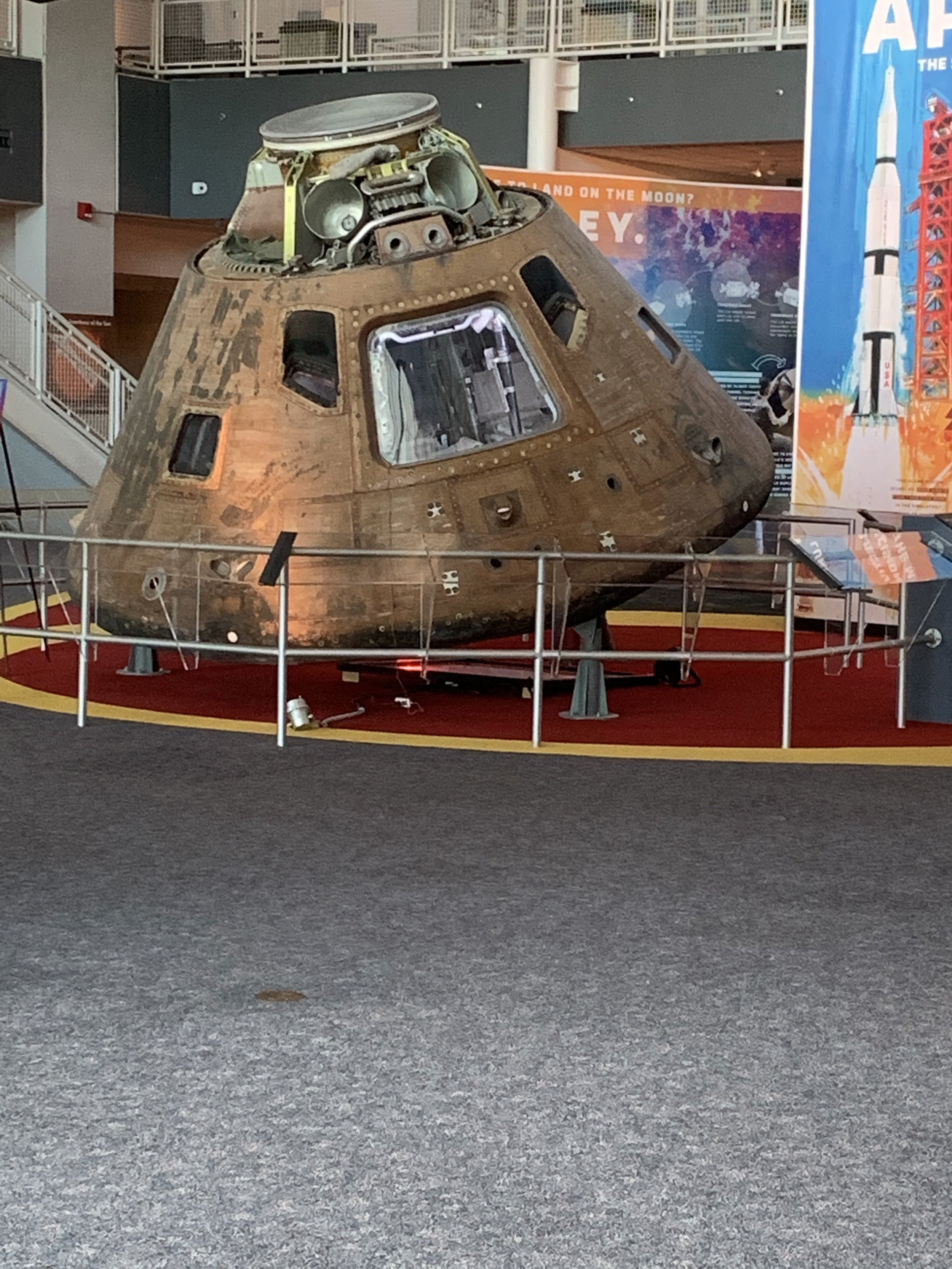
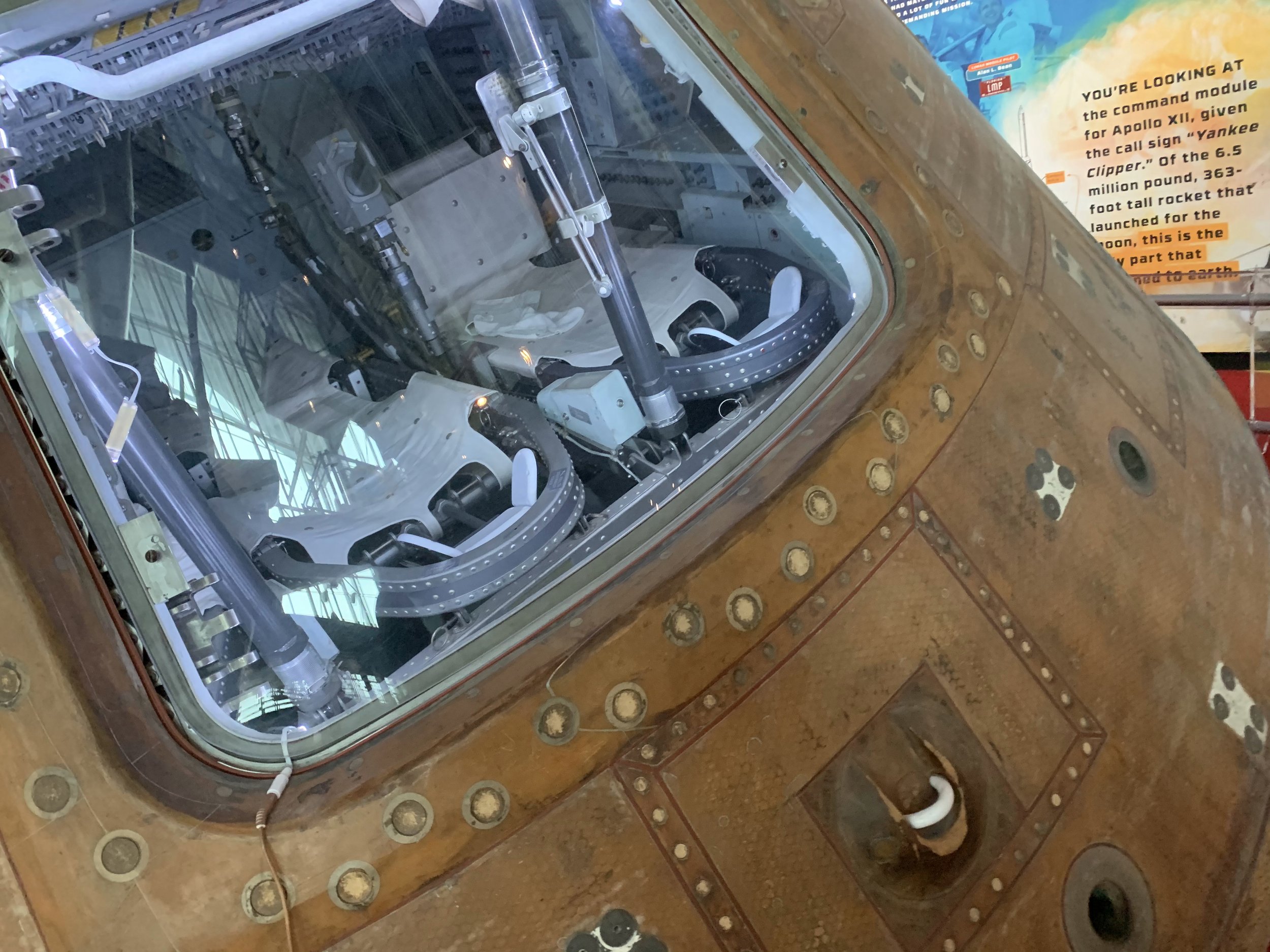

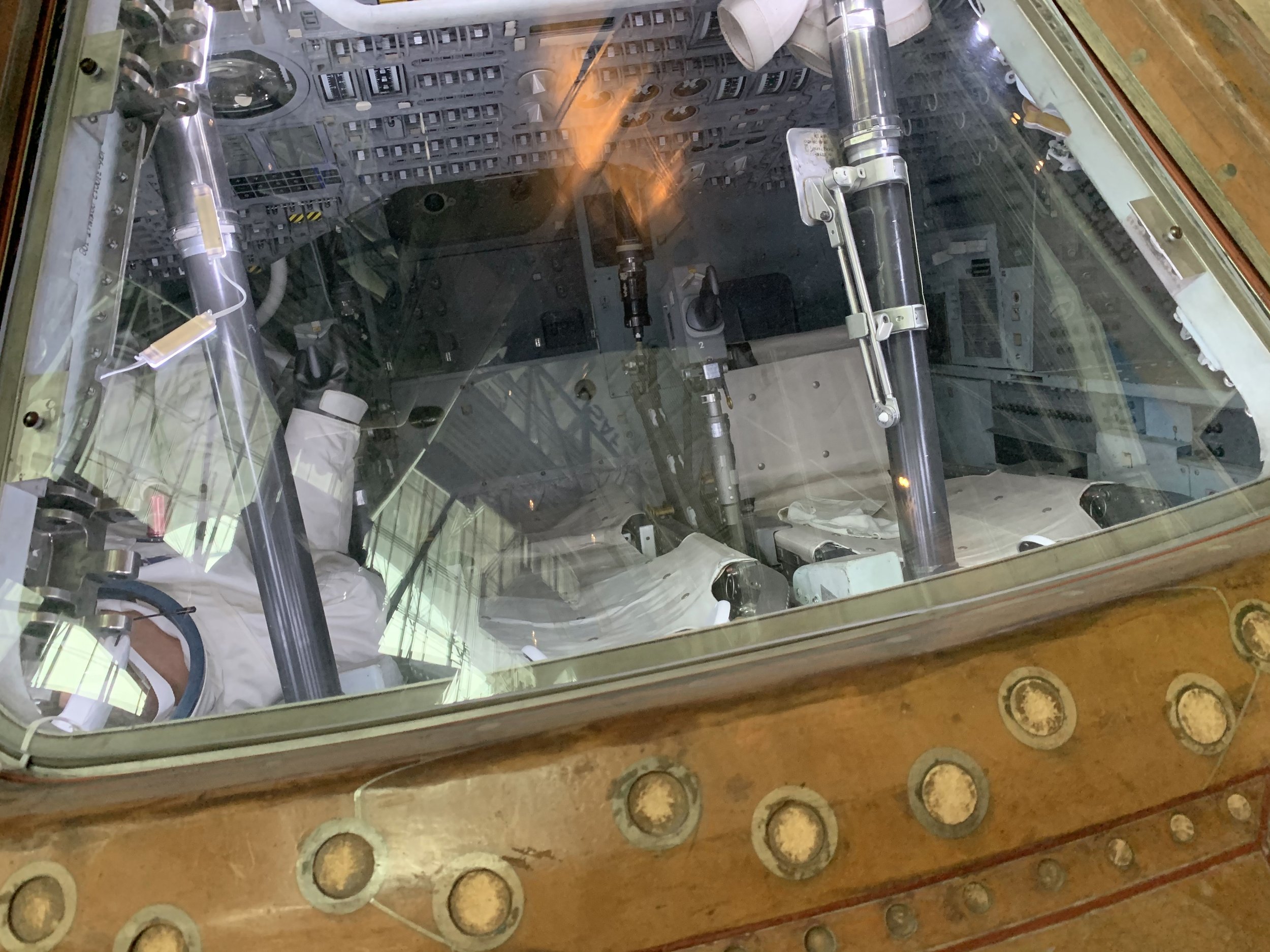
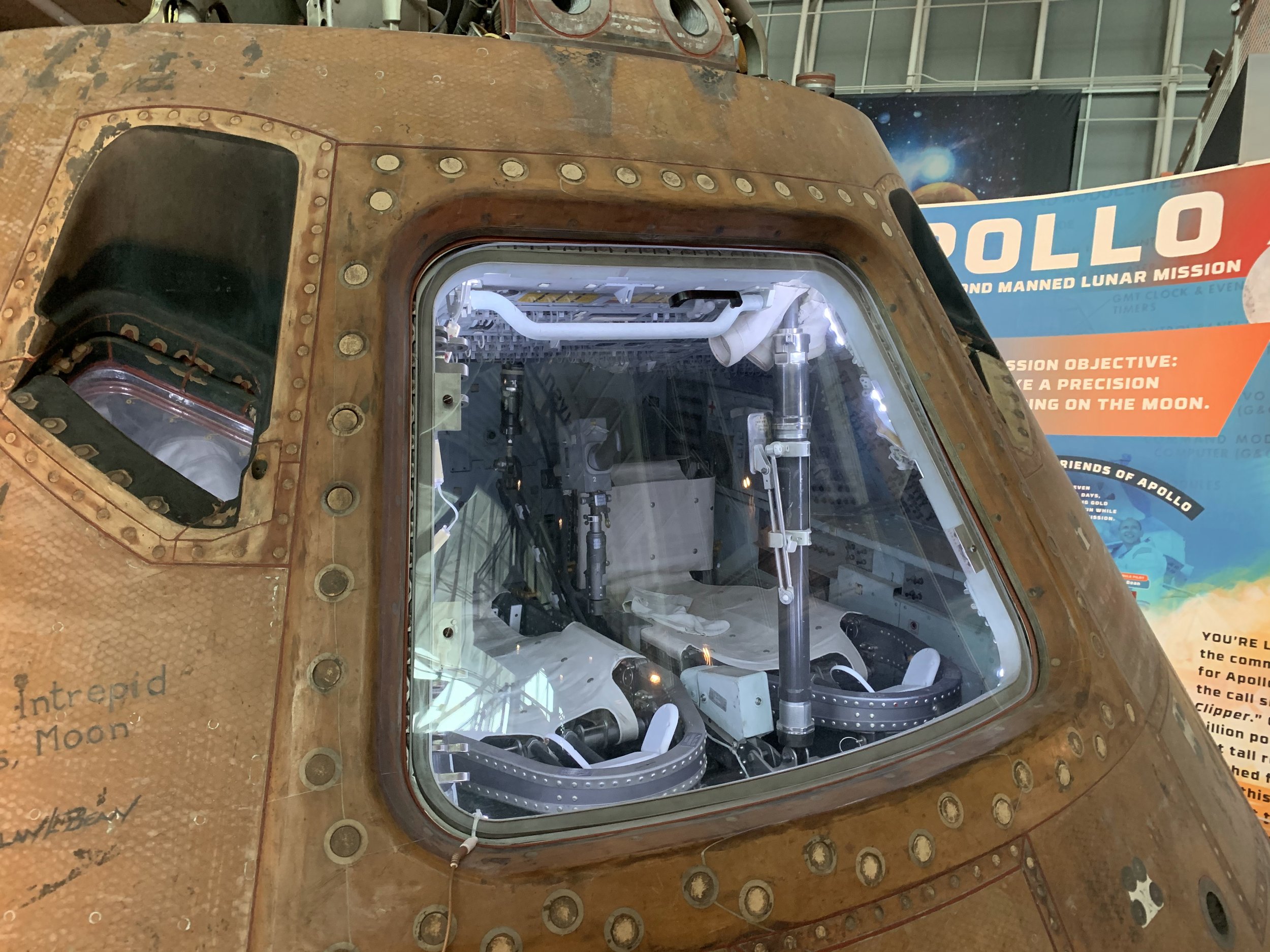
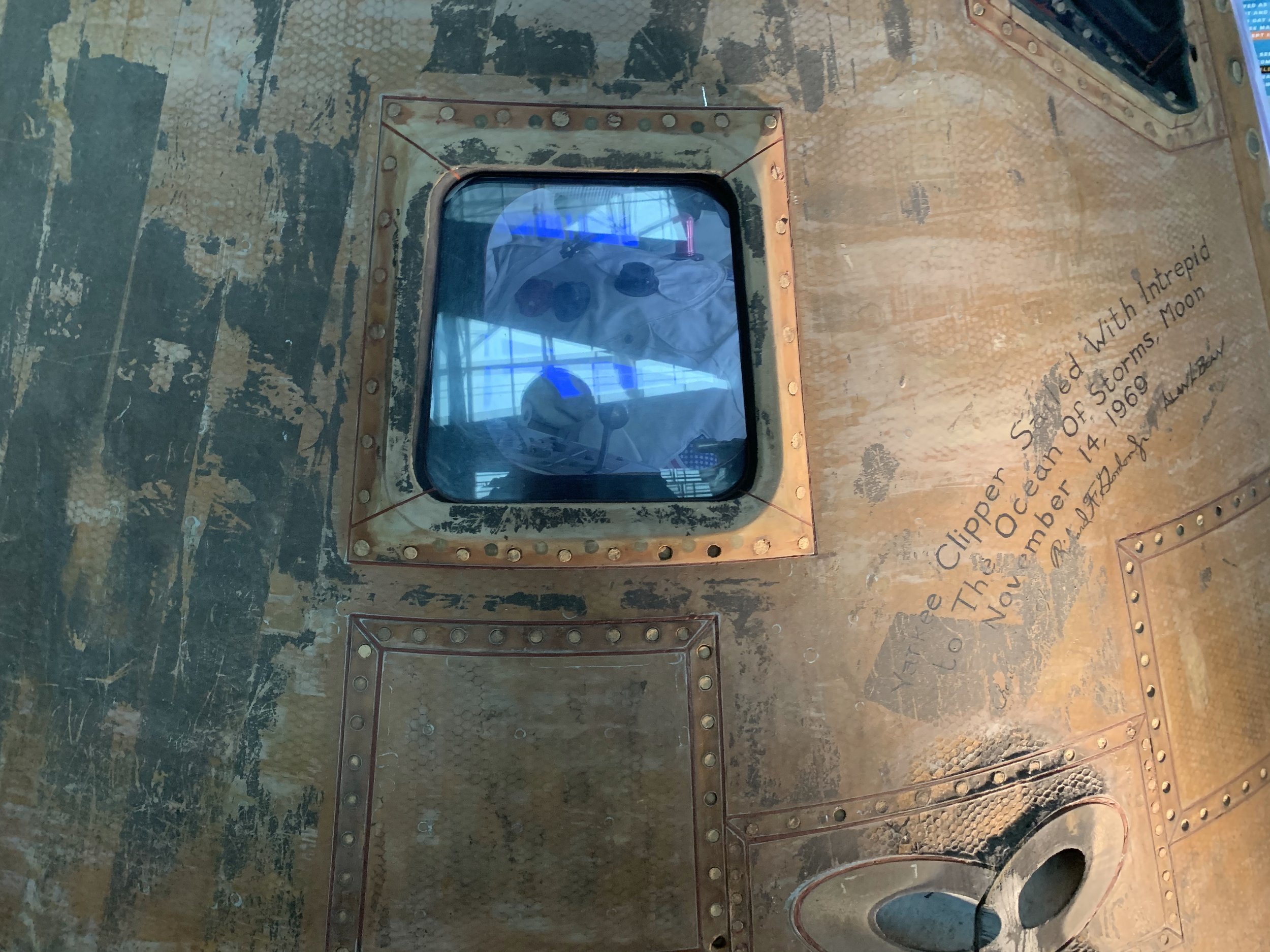
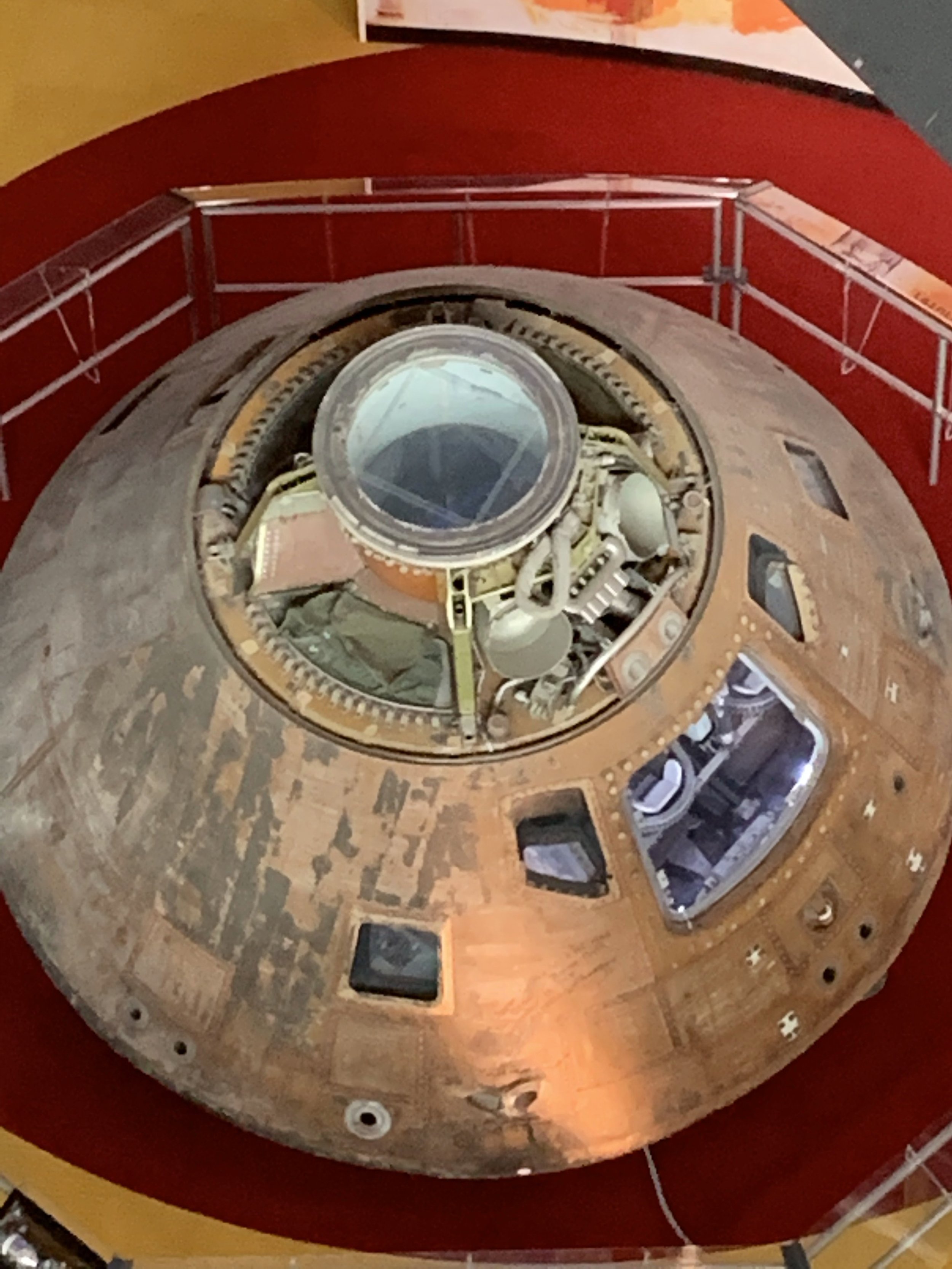
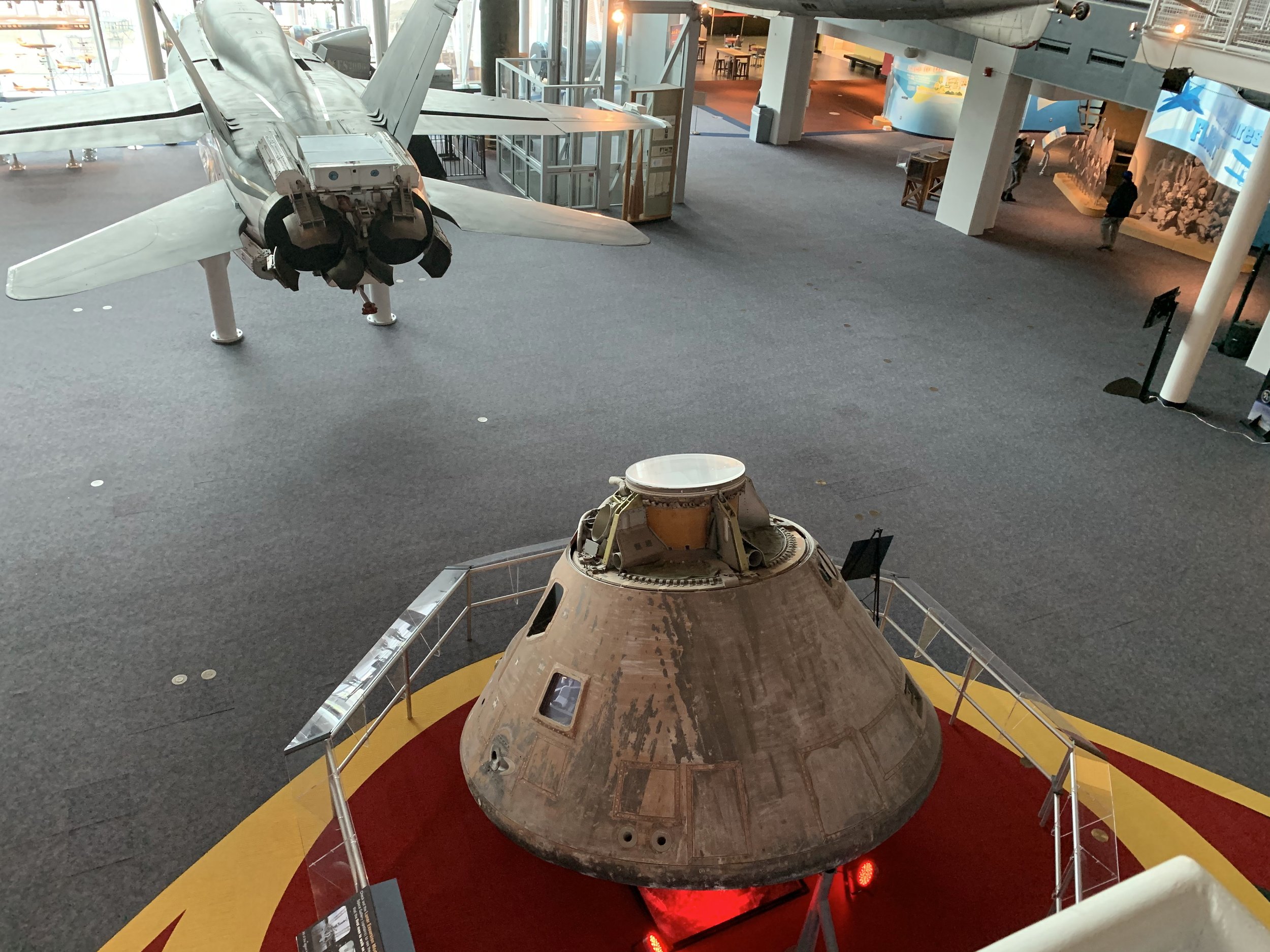
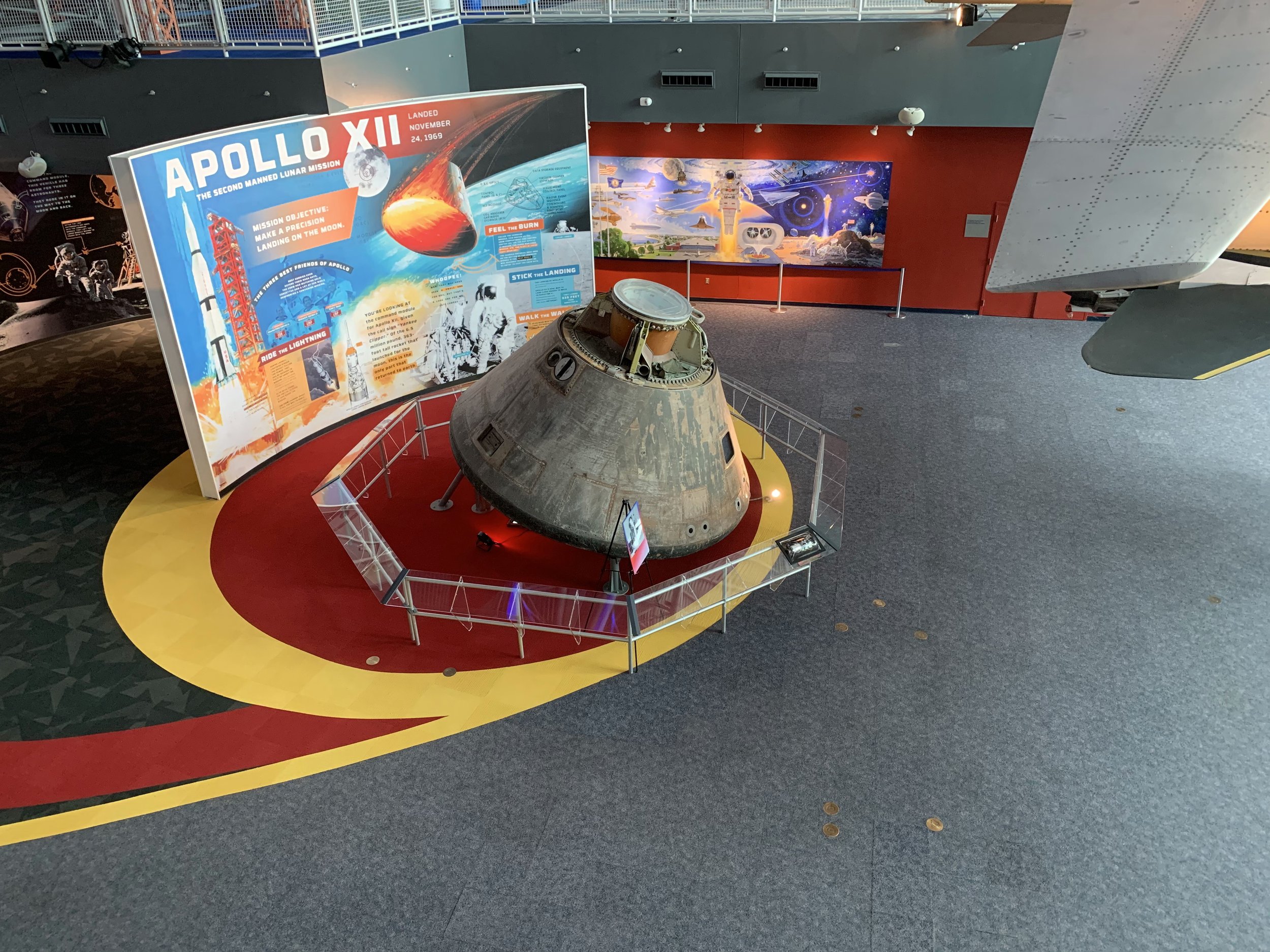
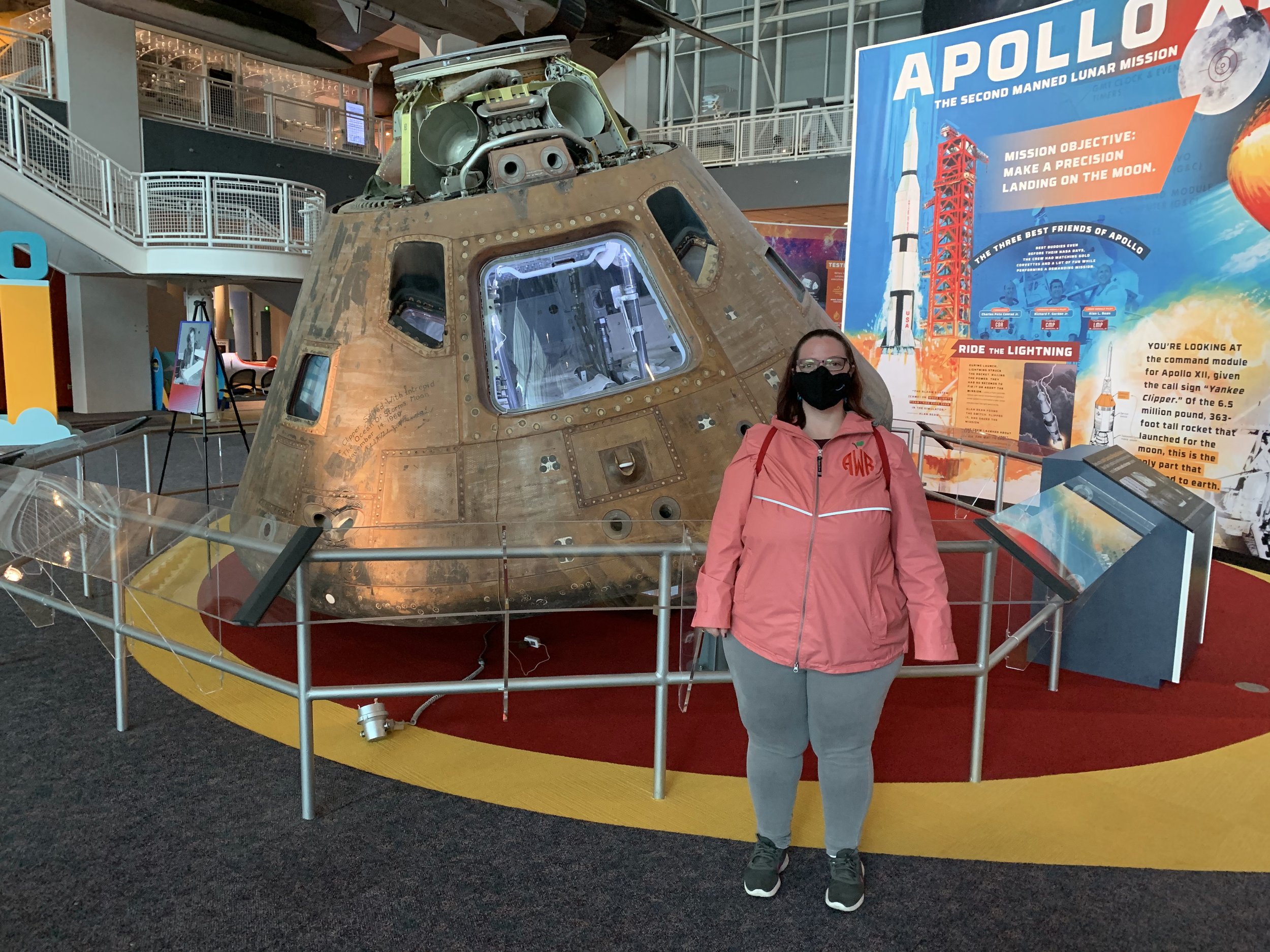
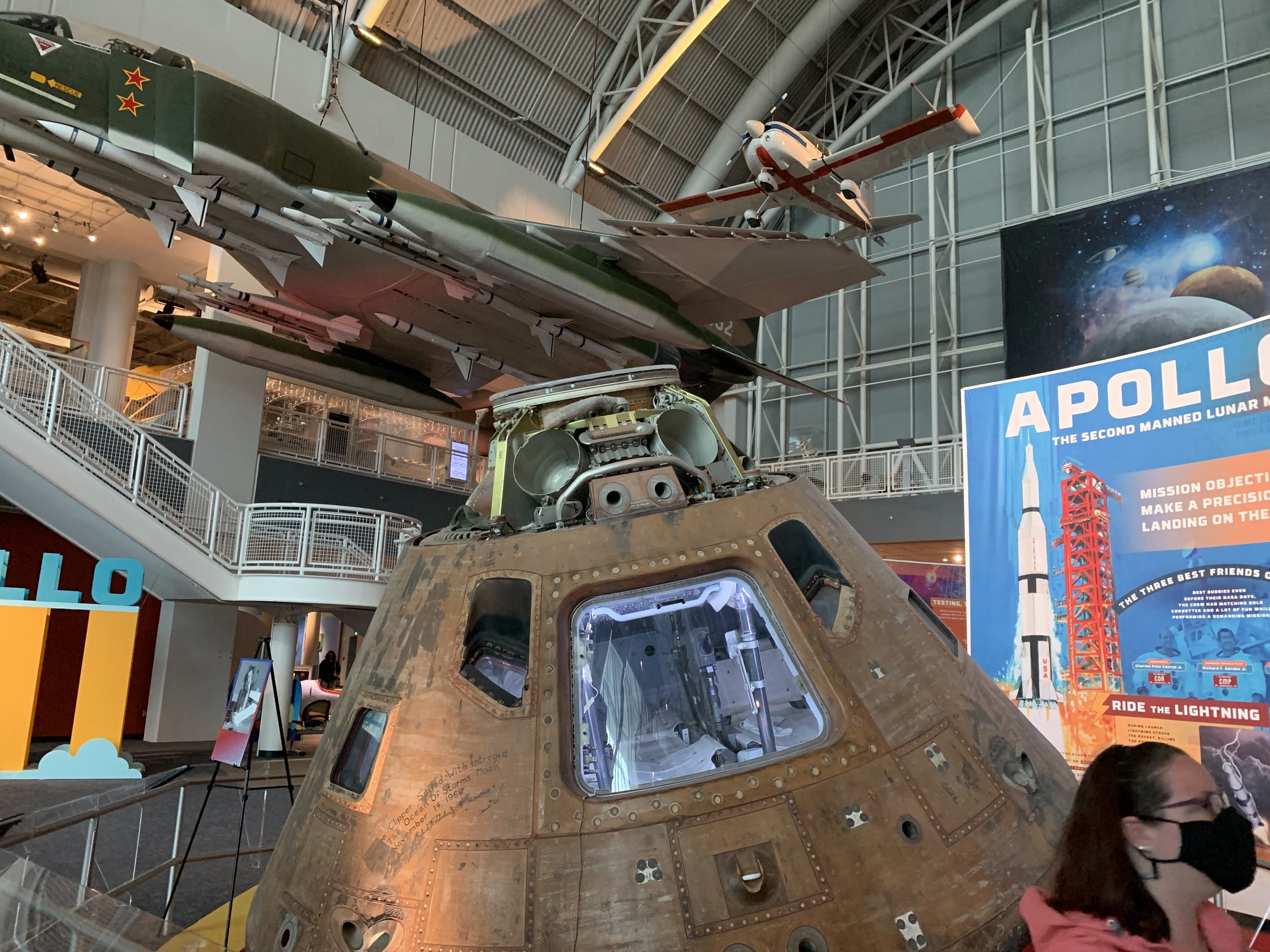
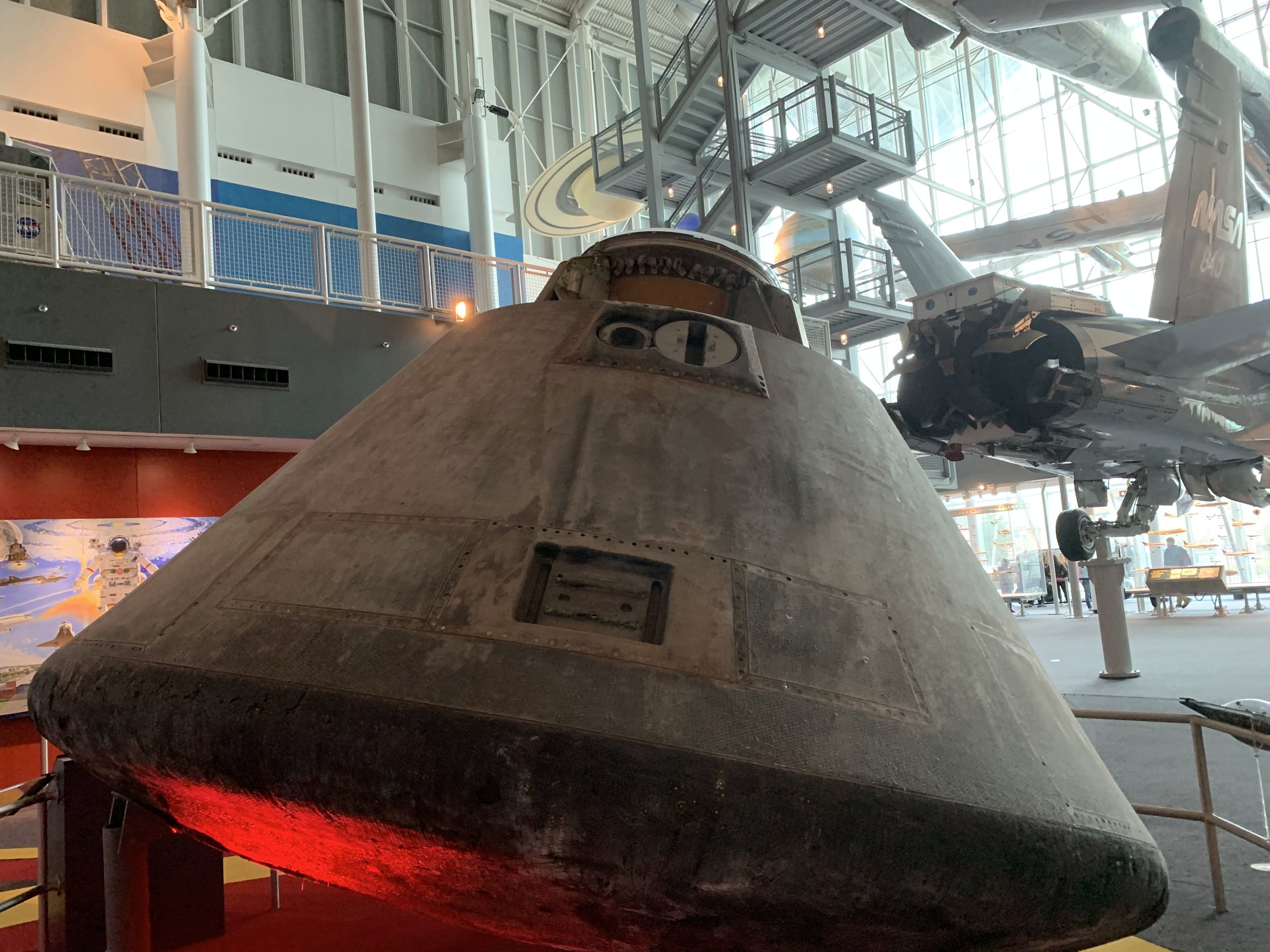
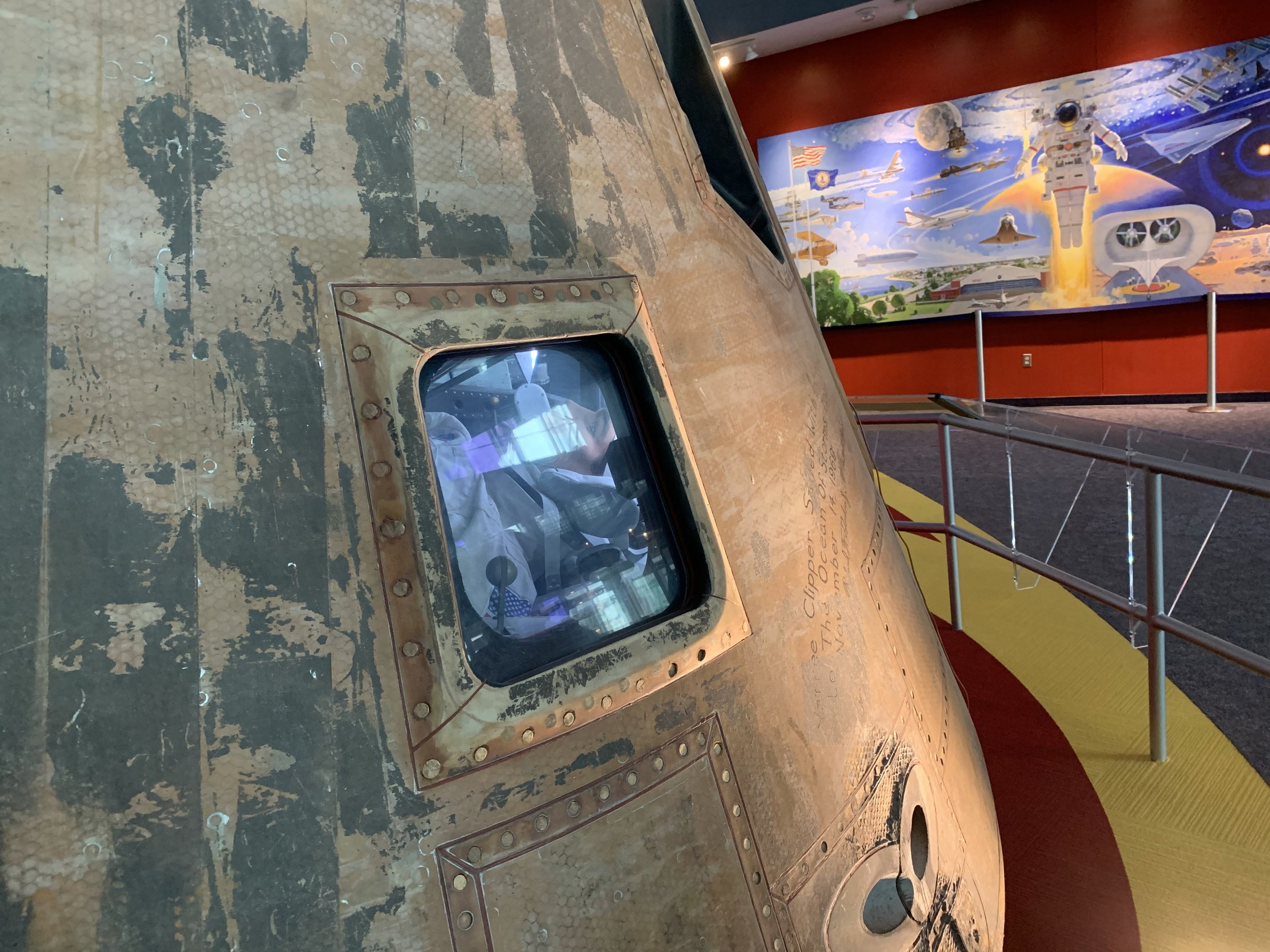
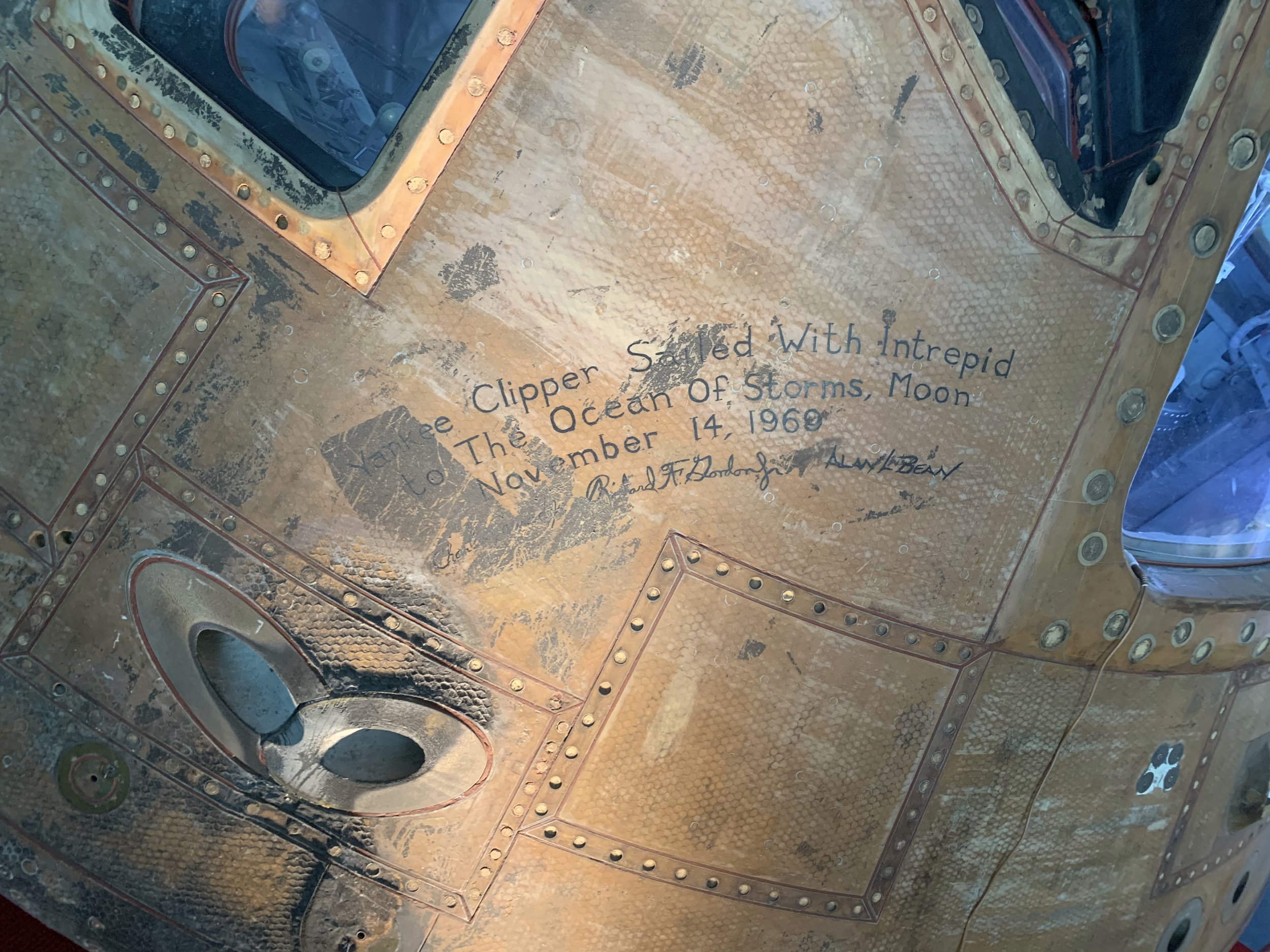
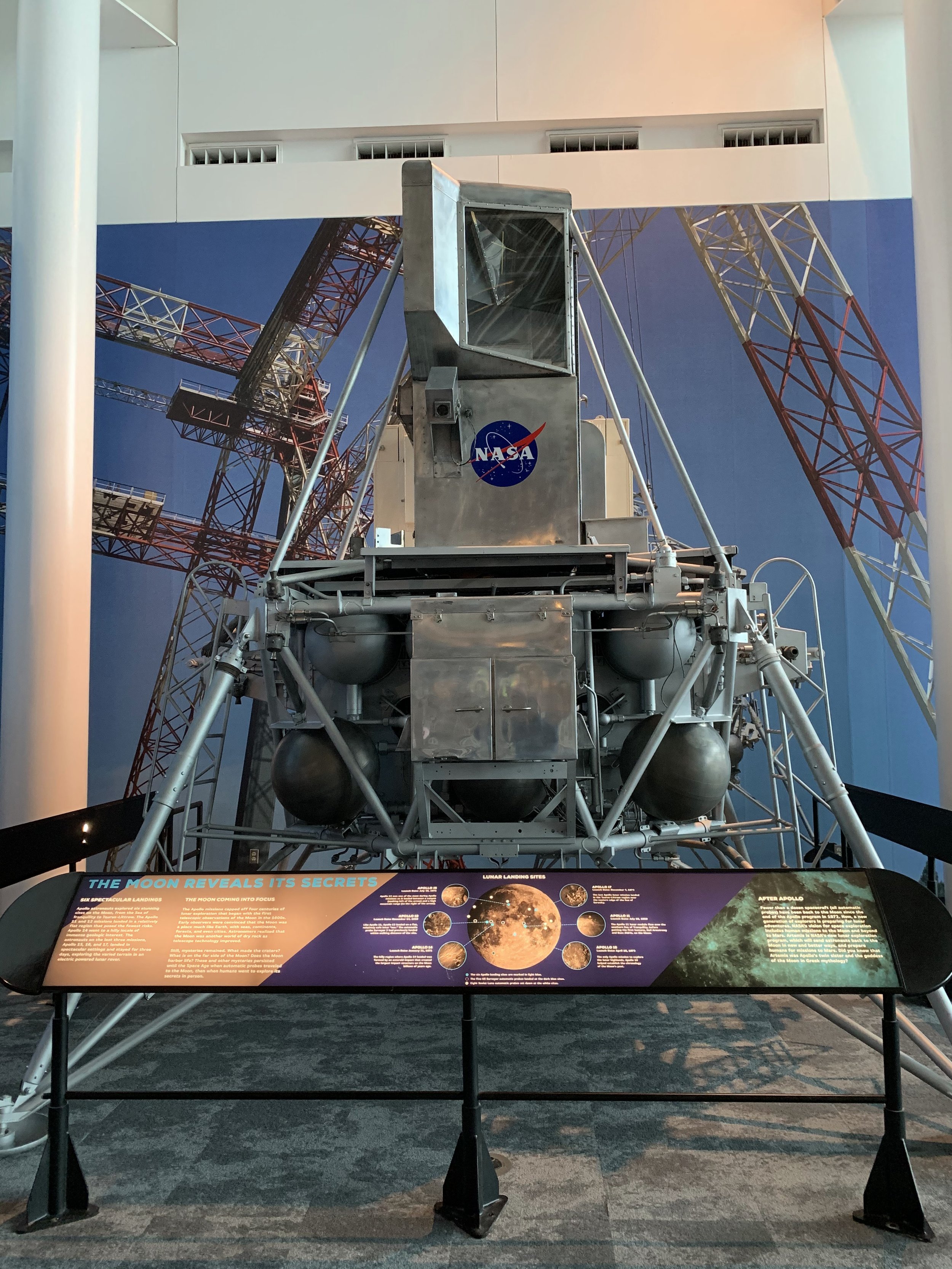
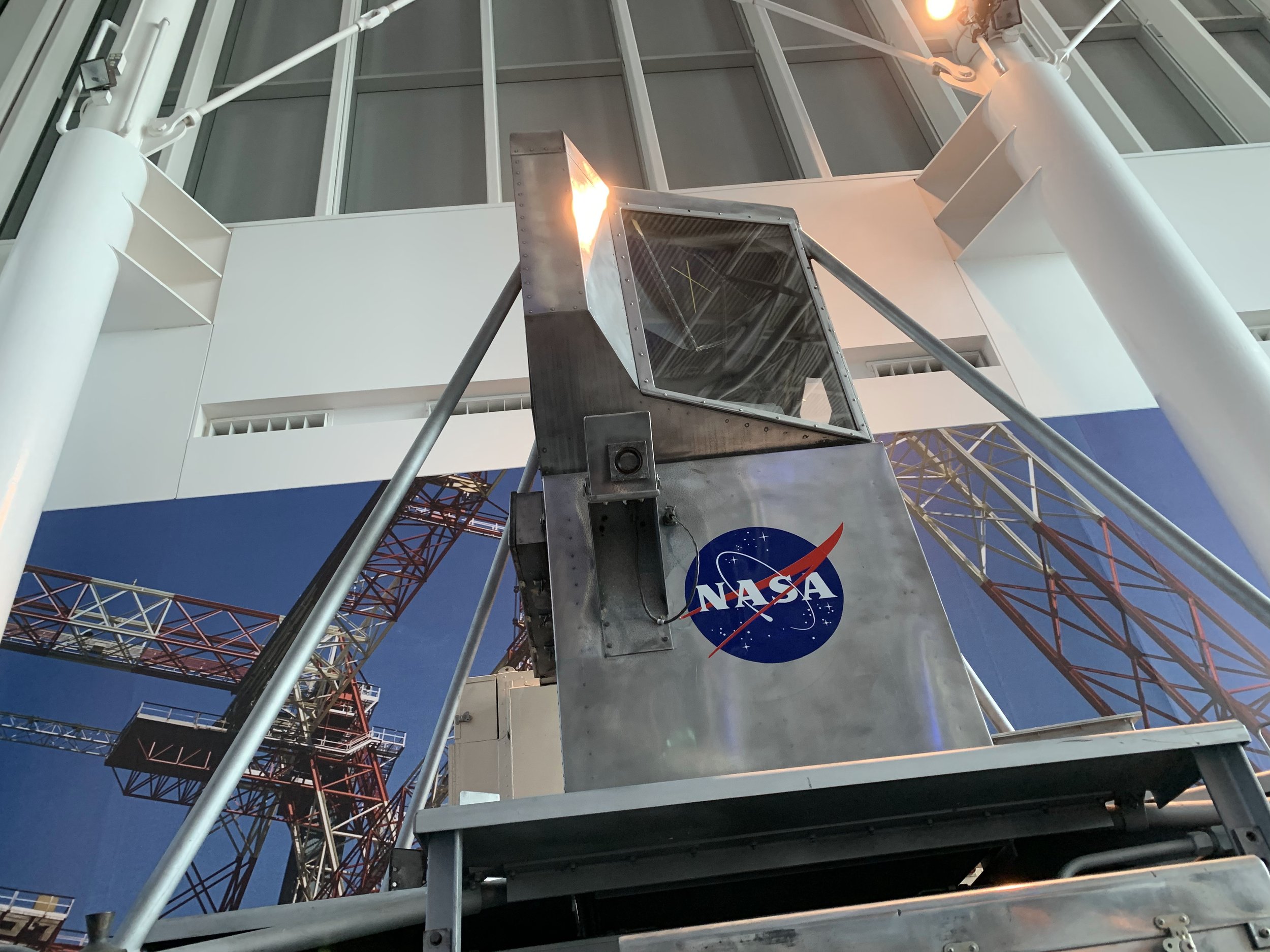
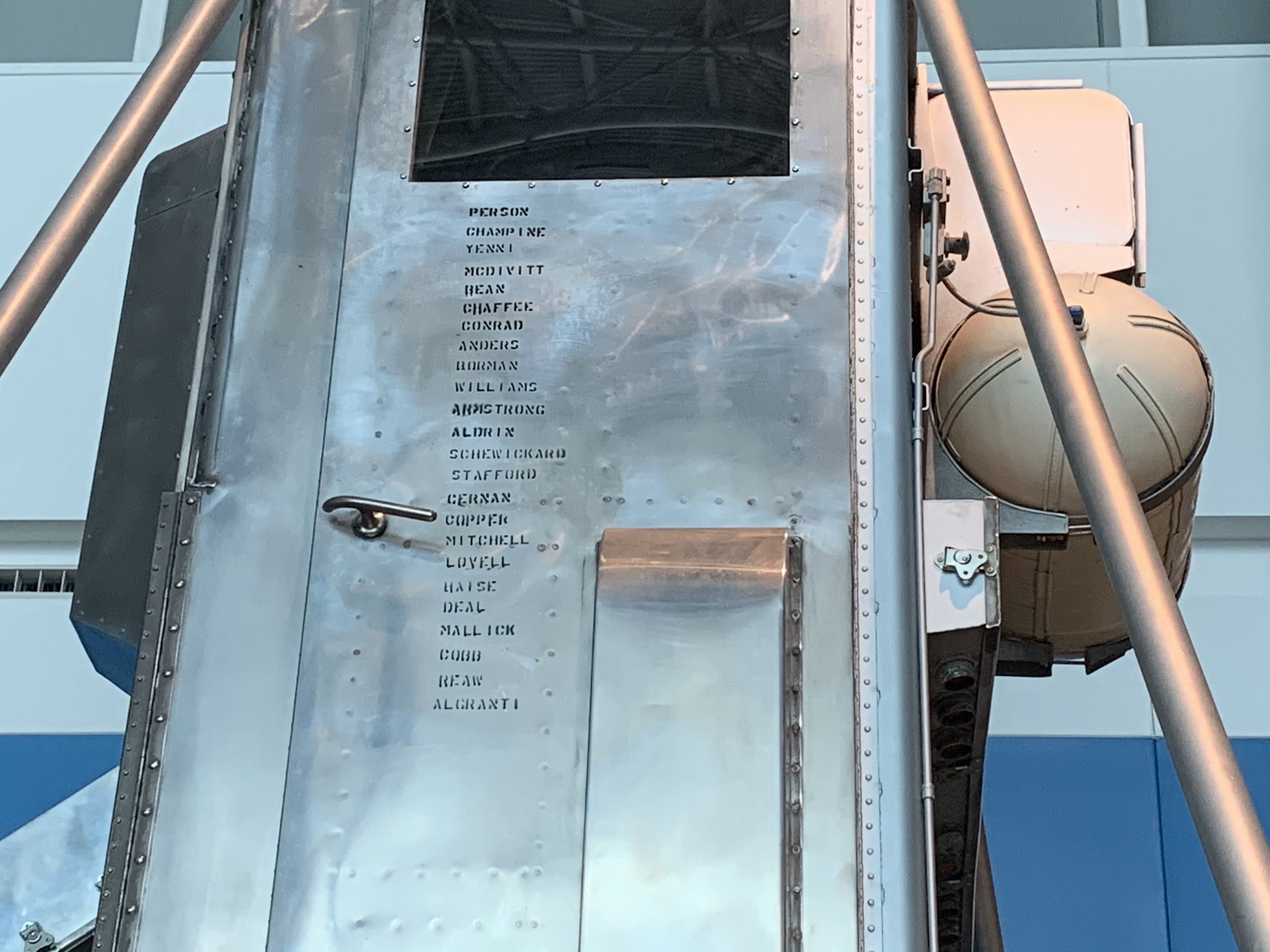
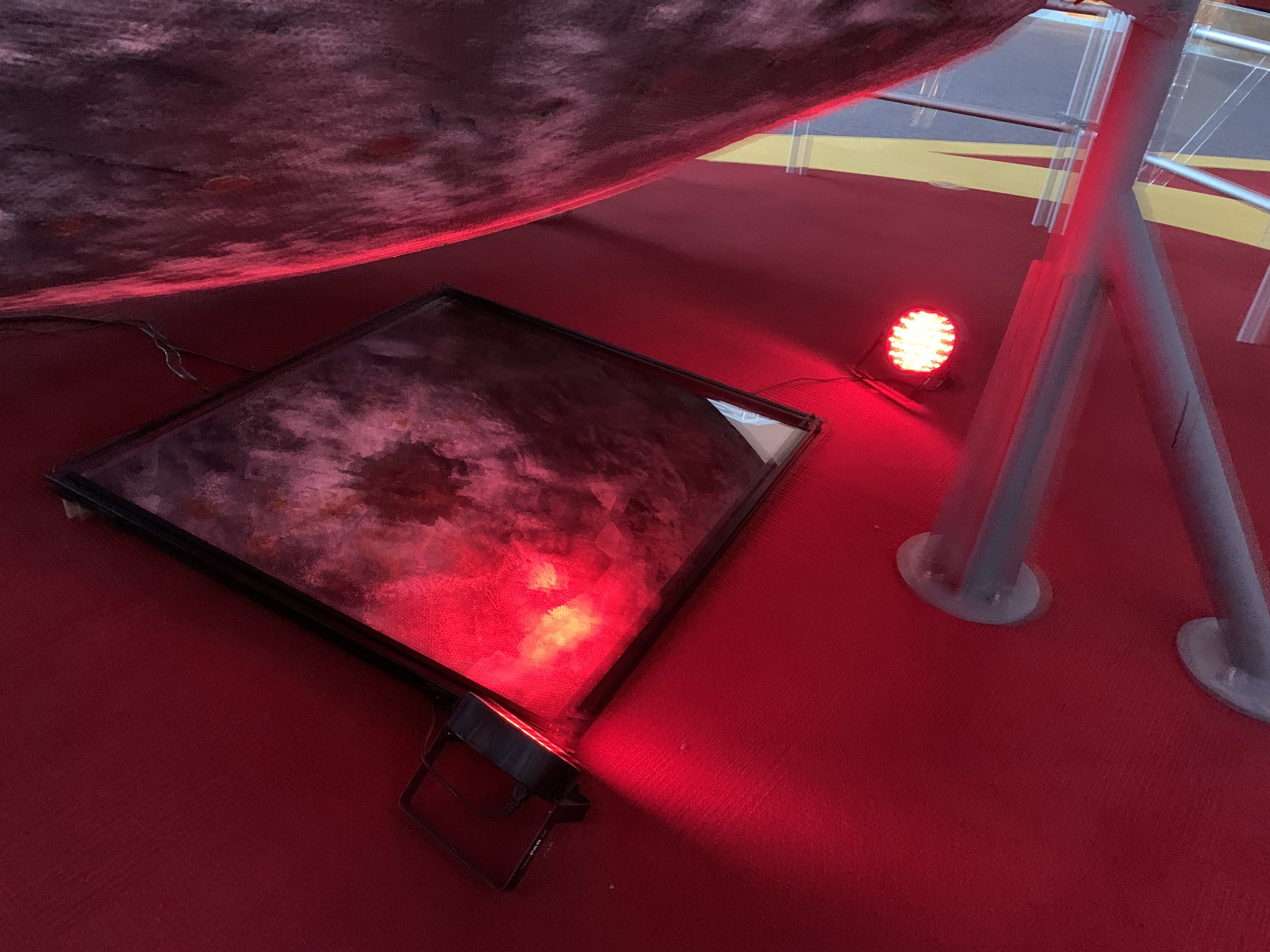
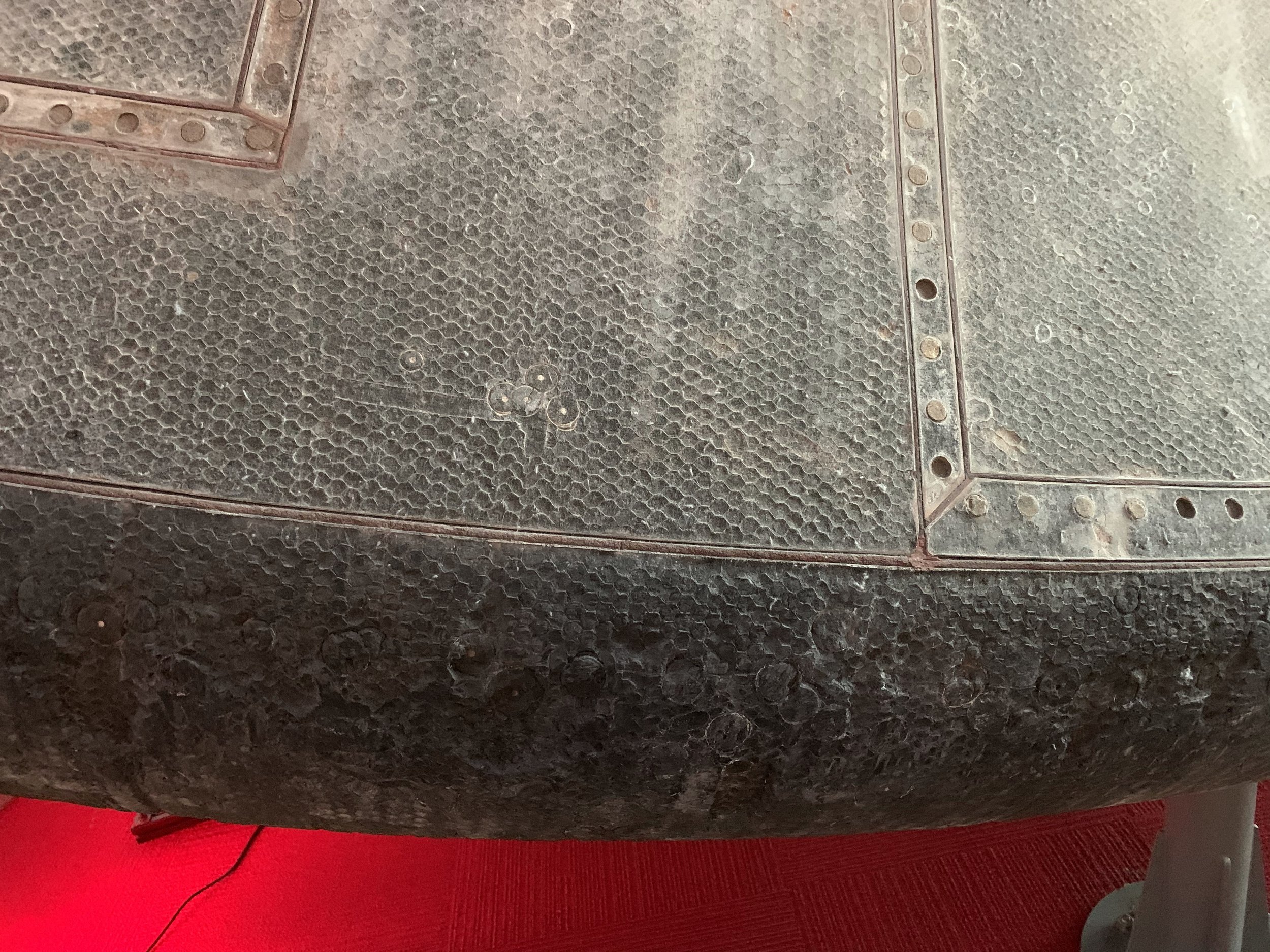

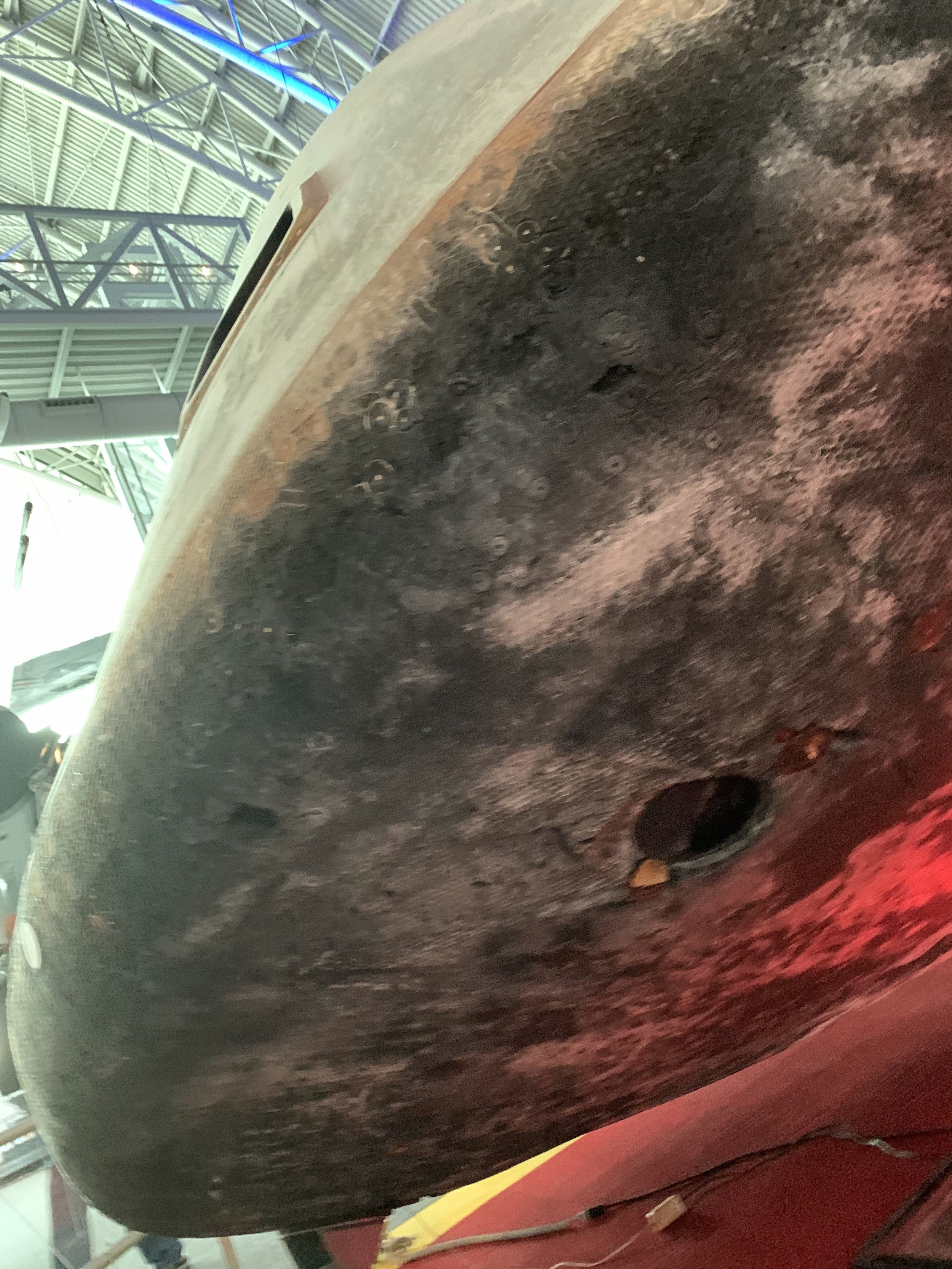
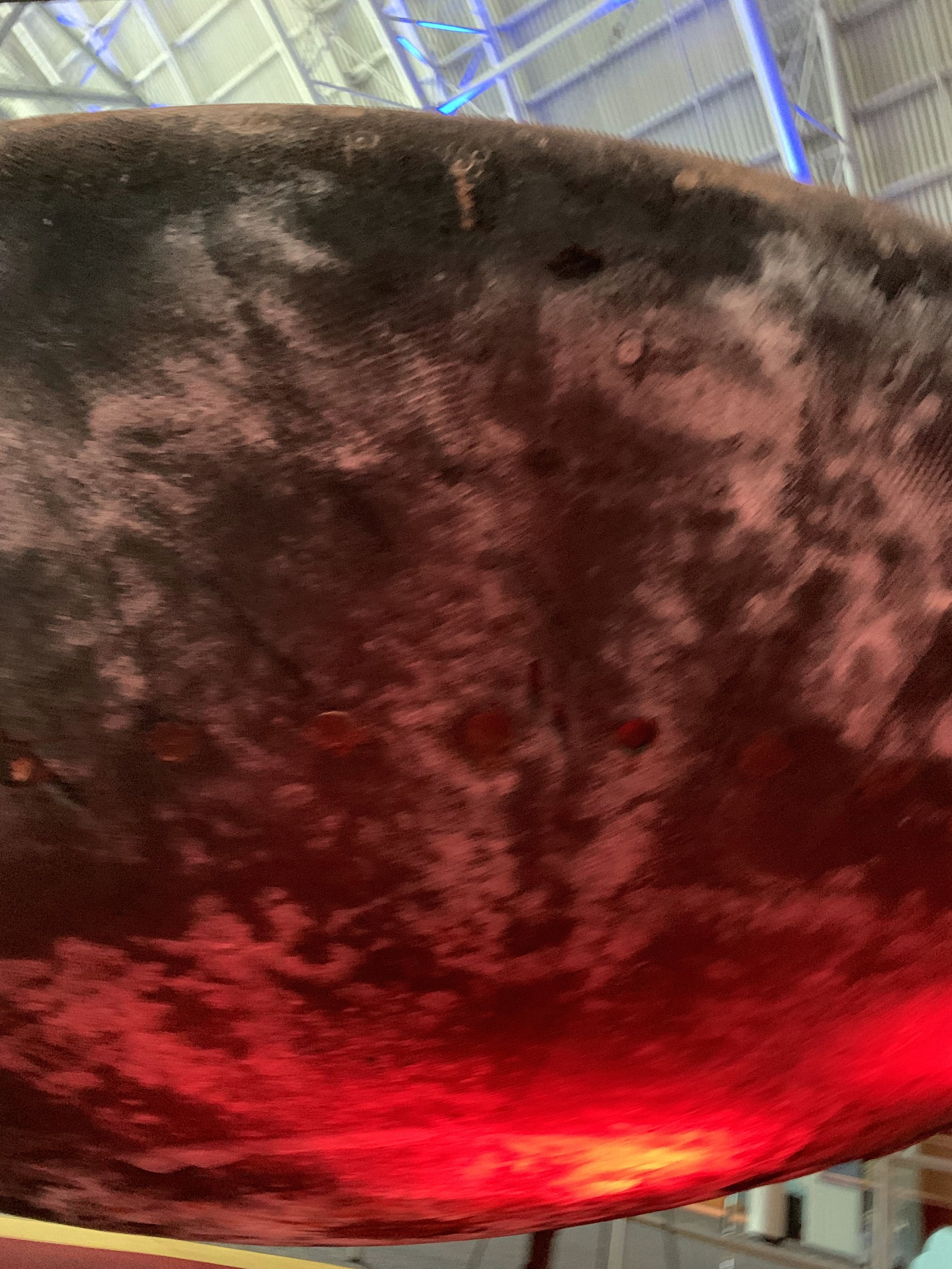
Between December 1968 and December 1972 mankind took our first tentative steps into the cosmos via 9 manned voyages to the moon. 7 of these were intended to land on the moon, 6 succeeded. Apollo 11 may have made history with its historic first steps, but it’s astronauts also spent the shortest time on the lunar surface. Each of the 5 successful missions that followed it increased the duration of their lunar stay, pushing the boundaries of technology and weaving their own incredible tales of discovery. This is the story of Apollo 12.
Although Apollo 11’s historic moon landing seems fated to have happened, NASA gave it a 50/50 shot at best. Leading up to the mission it was considered the first real attempt at a moon landing, but the crew of Apollo 12 was also preparing to take that place in history if Neil Armstrong had failed. After Neil and Buzz effectively “won” the space race NASA slowed down their lunar schedule in order to provide more training and increase the scope of scientific exercises to be carried out by the astronauts, specifically pushing back Apollo 12 by 2 months.
On a rainy November 14th 1969 a Saturn V rocket launched from The Kennedy Space Center carrying the Apollo 12 craft along with astronauts Charles Conrad J. (Mission Commander), Richard F. Gordon Jr. (Command Module Pilot), and Alan L. Bean (Lunar Module Pilot). The rocket nearly suffered a catastrophe when it was struck twice by lightning, knocking out both it’s primary power source for the Command Module and its ability to send telemetry data back to the ground. Quick thinking by the mission’s Electrical, Environmental and Consumables Manager (EECOM) John Aaron and Lunar Module Pilot Bean enabled them to switch to back-up and salvage the mission. Once in orbit the astronauts conducted a thorough check of their craft, and then made the necessary maneuvers to begin their journey to the moon.
Apollo 12’s greatest claim to fame might just be the precision of it’s landing. Apollo 11 had encountered rougher than expected terrain putting the craft down quite a bit off course. Ultimately Pete Conrad was able to put the craft down just a little over 500 feet away from their primary objective, the Surveyor 3 space probe. America had sent it to the moon 2 years earlier, and Conrad and Bean were tasked with cutting parts of it off to bring back with them so that NASA could study the long term effects the lunar environment might have on their gear.
Commander Armstrong may have provided the most memorable quote in human history as he took his mission’s first steps onto the moon, but Pete Conrad was a bit more jovial on Apollo 12. The shortest of the Apollo astronauts he proclaimed "Whoopie! Man, that may have been a small one for Neil, but that's a long one for me.” The mission was also the first mission to bring with it a color TV camera, but it would ultimately produce very little footage. During setup Alan Bean accidentally pointed the camera directly at the sun, completely destroying it.
While Conrad and Bean explored the lunar surface, Gordon remained in orbit conducting light-spectrum experiments that aimed to reveal more info about the moon’s composition. He also managed to capture a breathtaking solar eclipse from orbit. In addition to retrieving parts of Surveyor 3 and almost 80lbs of moon rocks, the astronauts on the lunar surface deployed multiple experiments, and traveled a few kilometers across the lunar surface.
After nearly 33 hours and 2 EVA’s on the lunar surface, Conrad and Bean blasted off from the moon and rejoined Gordon in orbit. They ejected their Lunar Excursion Module on a course that would see it crash back into the lunar surface, and then began the long journey back home. As they neared the Earth and began preparations to de-orbit, they had no idea that NASA engineers genuinely feared that the lightning strikes experienced during take-off might have destroyed the craft’s parachutes. NASA had declined to inform the astronauts as they were too far into orbit to safely return to Earth by the time the damage had occurred.
Thankfully NASA’s fears proved unfounded, and the parachutes deployed perfectly, landing the craft into the ocean on November 24th. NASA had not yet proven the moon devoid of life, and so the astronauts and their command module were placed in quarantine until December 10th, after which they emerged as heroes to the American people. Conrad and Bean would later transfer to NASA’s Skylab program in hopes of flying in space once again, but Gordon would remain with Apollo hoping for his own chance to walk on the moon. He would make it as far as back-up command for Apollo 15 and was the NASA favorite to command Apollo 18, which was ultimately canceled due to changing budgets at NASA.
Today the Apollo 12 Command Module, named “Yankee Clipper” is on display at the Virginia Air and Space Center in Hampton Virginia. Its among the most accessible of the craft, with no glass enclosure separating visitors from the craft (it’s still fenced off, but photos very well without the glass between you). Its door has been removed to allow for a great view into the craft, and its setup at an angle allowing you to get a great look at the ablative heat shield. It also features the autographs of the 3 men who once flew this noble craft on a journey to another world. In addition to this historic Apollo craft the museum also features a Gemini craft, an Apollo era Lunar Excursion Module Trainer, and numerous aircraft on loan from NASA and the military. The museum is very close to historic Jamestown, Colonial Williamsburg, and Virginia Beach. We stayed at the museum probably 3 hours, but this included a good hour of me just staring at this historic craft and drinking in as much of it as I could.
Want to Experience This Adventure for Yourself?: